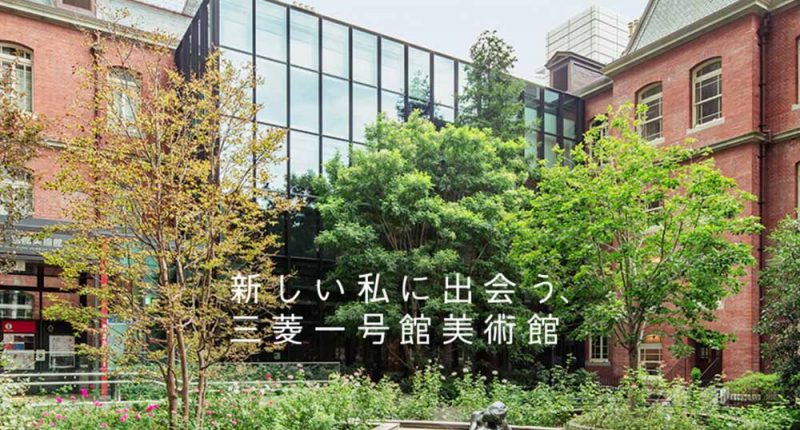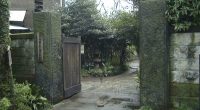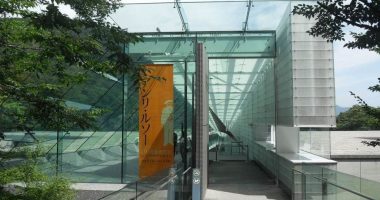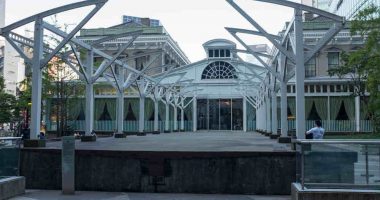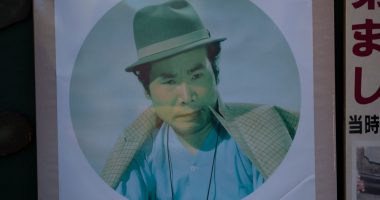Mitsubishi Ichigokan was designed in 1894 by the English architect Josiah Conder and was the first Western-style building in the Marunouchi district. The original structure suffered considerable wear over the years and was torn down in 1968 and reconstructed in line with Conder’s original plans. The museum focuses primarily on late 19th century Western art work—notably including 250 works of graphic art originally owned by Henri de Toulouse-Lautrec (1864-1901).
Location
Mitsubishi Ichigokan Museum, 2 Chome-6-2 Marunouchi, Chiyoda, Tokyo 100-0005« Google Maps »
Getting there
5 mins from the Marunouchi South Exit of JR Tokyo Station. 6 mins from the Tokyo International Forum Exit of JR Yurakucho Station. 3 mins from Exit 1 of Nijubashimae Station on the Chiyoda Line of the Tokyo Metro. 6 mins from Exit D3 or D5 of Yurakucho Station on the Yurakucho Line of the Tokyo Metro. 3 mins from Exit B7 of Hibiya Station on the Mita Line of the Tokyo Metro. 6 mins from Exit of Tokyo Station on the Marunouchi Line of Tokyo Metro (Connected to underground passageways).
Details
10:00-18:00. Fridays: 10:00-21:00 (unless a public holiday). The museum is closed on Monday (unless that day is a national holiday).
Admission fee varies by exhibition
